Chipps spends an afternoon at component company BETD to discover its history, its products and how the chance sighting of a post on the Singletrack forum helped write the latest chapter in the history of British cycling components.
Introduction
Kate Lewis can identify your derailleur hanger at 30 yards. While it’s a reasonably unimpressive party trick, it’s an occupational hazard for Kate, who’s been working at BETD for the last 17 years. And what began as a bit of a side-line of spare-time machining for her dad Rob, has turned into a company that many riders have relied on over the years. With BETD’s acquisition of Middleburn recently, this is only going to increase.
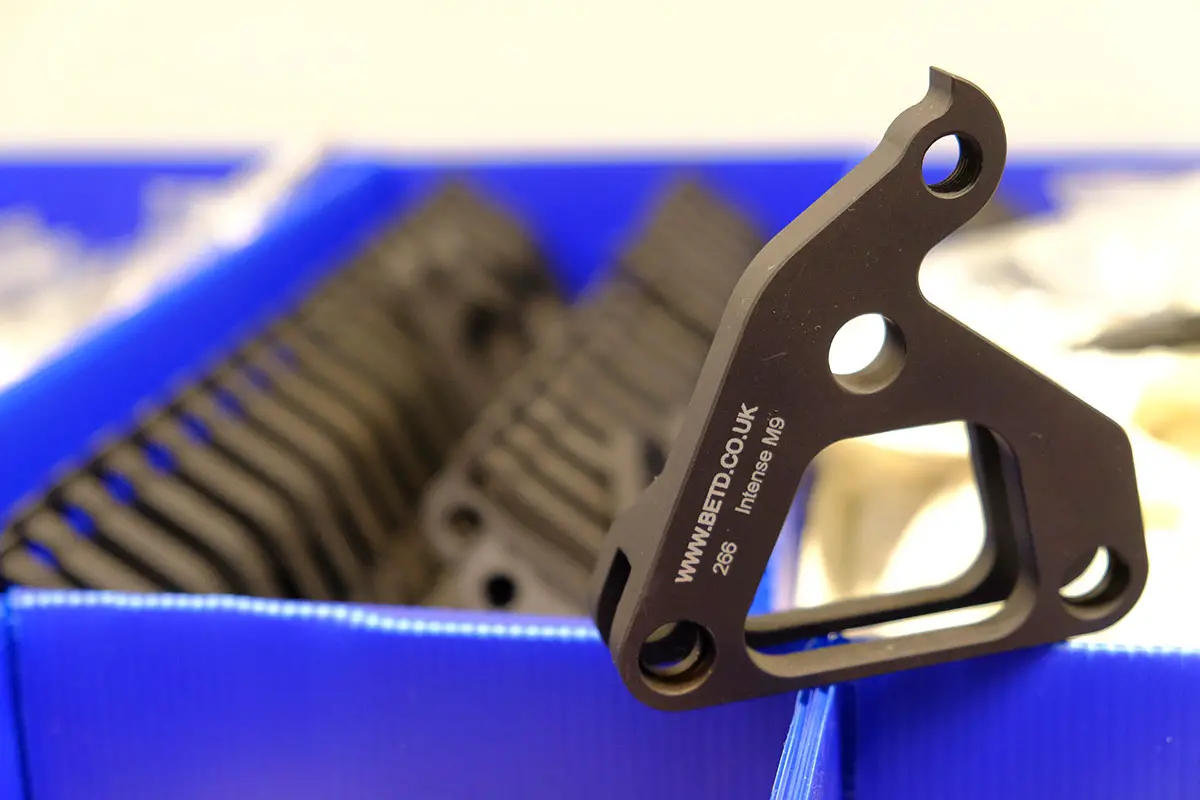
History
BETD came into being in around 1997 when Rob Lewis and Elliot Oakes set up a machining company in the Midlands. The name stood for ‘Brampton Engineering and Technical Design’. Rob was a mountain biker (and an incurable tinkerer) as well as a machinist, so when he decided that his Kona full suspension bike didn’t have enough travel, it seemed only natural for him to machine up some plates that increased the travel. And, as often happens in these situations, friends started asking if he could make some suspension plates, or fork braces for them and so on until he found himself going to mountain bike events with bags full of components. BETD was soon making replacement suspension plates for GT STS and LTS frames and then replacement bearing kits for GT and other bikes. (Ironically, that side of the business is now more popular than ever due to the healthy interested in retro bike restoration.)
There was an obvious need for derailleur hangers too, with many riders unable to get hold of replacements for their frames, or unhappy with the cheap, cast quality of the ones that came with their bikes. Given that no one has ever made the effort to standardise the humble derailleur hanger, it has meant that every frame manufacturer often has its own design – and in some cases a different one for each model. A look at the BETD hanger chart just serves to confirm that. At the last count, Kate reckons that there are a little over 420 different hangers and, yes, she can identify the majority of them by sight.
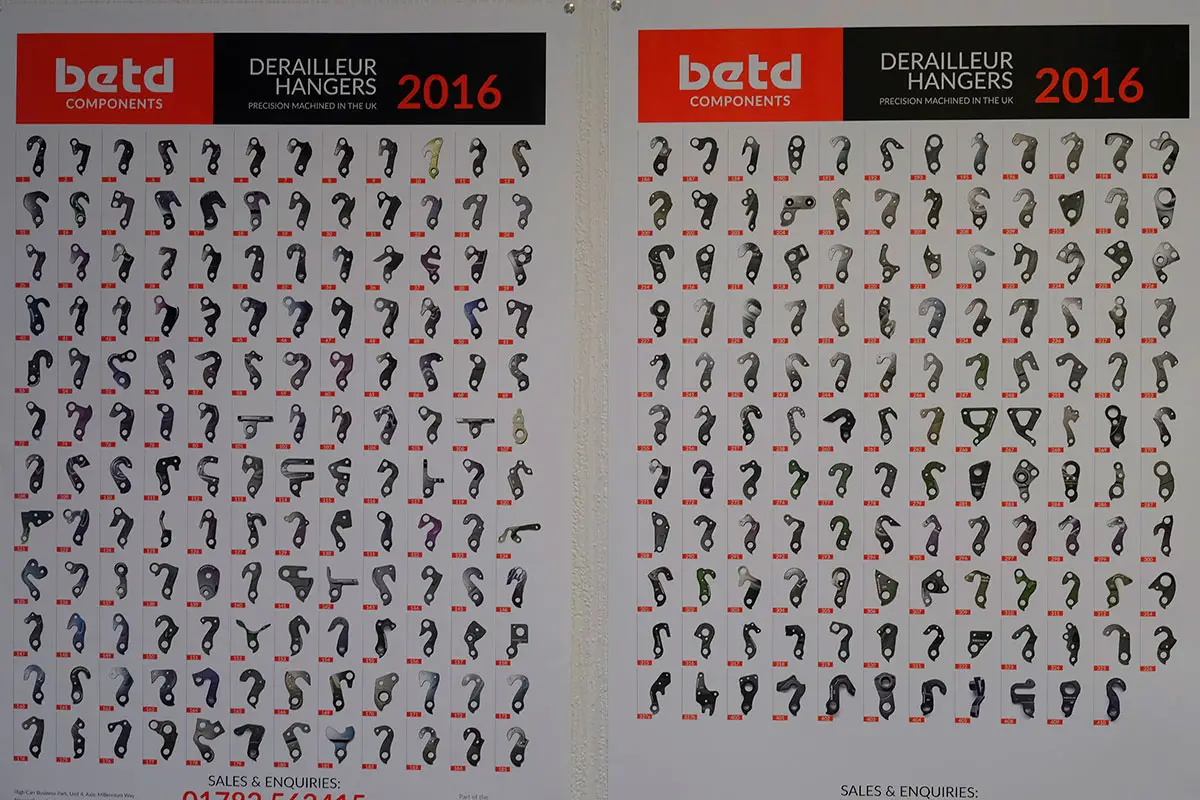
This steady stream of business helped see the firm grow to 15 people at its height, with three full time machinists, but with the retirement of Kate’s dad a couple of years ago, the company went into liquidation in January 2016. Kate and colleague, Paul Hadgett bought the company with the aim of carrying on in the same fashion. Having approached KMF, a huge local engineering firm with a turnover of £35million, to subcontract much of the machining work, it was suggested that it might just be simpler if KMF bought the company back off Kate and Paul and employ them instead. That way, BETD would have the continuity of the same staff, but with the financial and technology backing of a giant engineering firm.
The deal was done and BETD moved into an office/warehouse unit on a large industrial estate with some of KMF’s other properties. With a smart office and small showroom, it doesn’t look much until you notice the roller blind at the end of the room. When the roller goes up on where you might hope houses the staff canteen counter, you’re presented with BETD’s computerised stock control systems. At nine metres, the height of a house, this vertical stacking system holds thousands of items in individual trays. allowing Paul to call up chainrings for despatch one minute and jumbo replacement bearings for GT I-drive bikes, or Intense M1 dropouts the next.
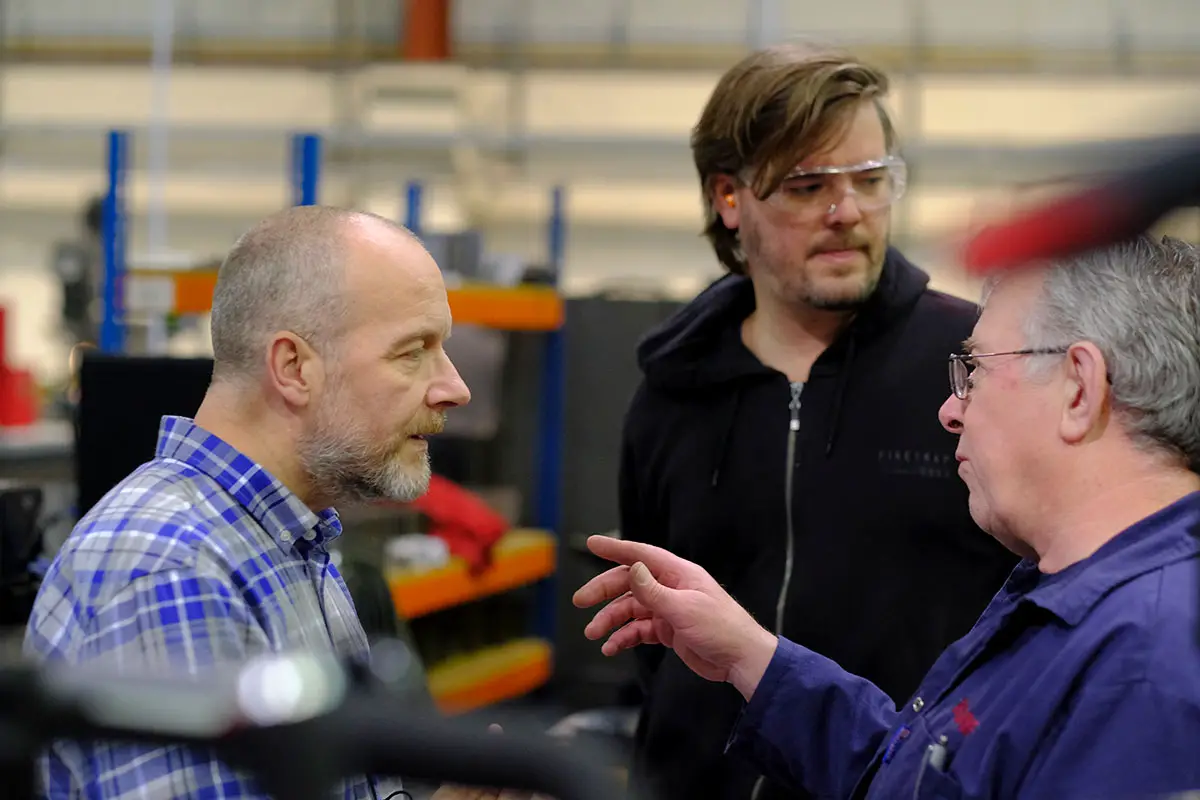
Middleburn
And here, among the trays and trays of bearings, dropouts and tiny components, there is another, familiar logo: Middleburn.
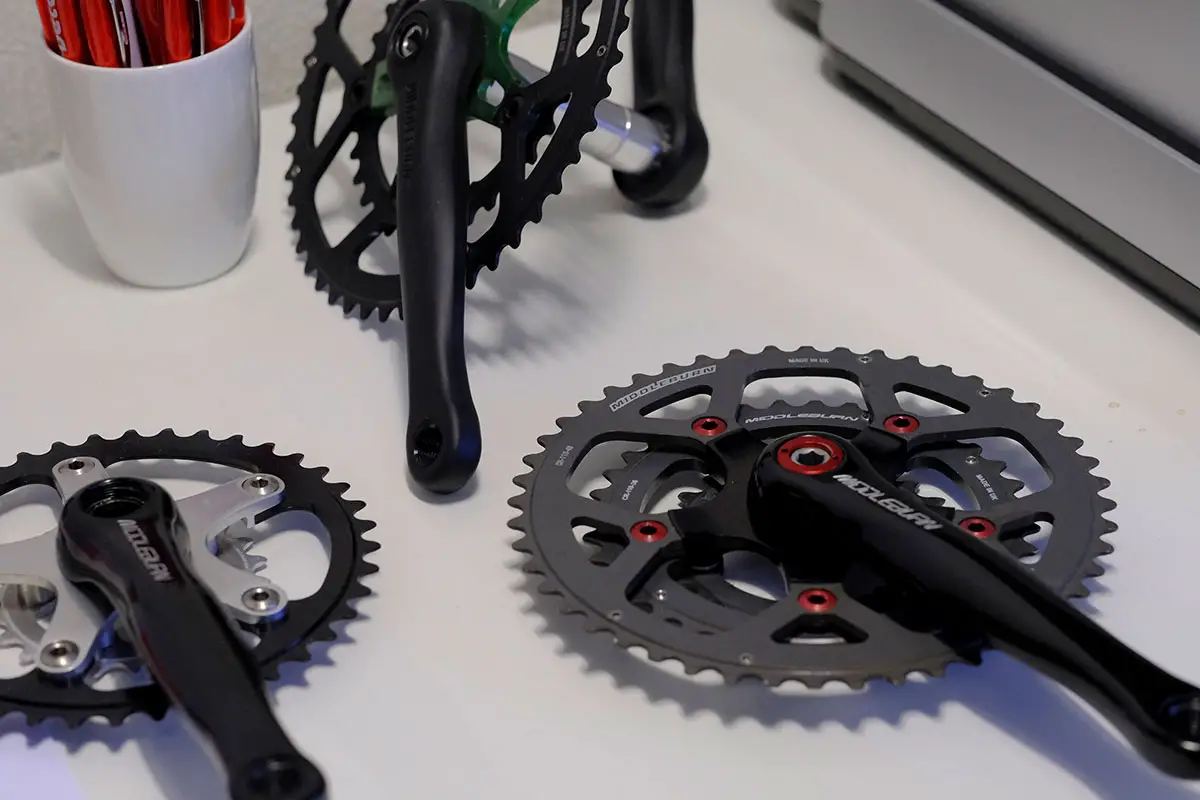
Back in August 2016, the news broke that Middleburn, a British cycling brand that had been going since the 90s, had closed its doors for the last time. There was a strong swell of support and regret among Singletrack’s readers. While the firm might not have had the latest, shiniest components, its products had a great reputation, especially among high mileage riders, and those that needed something a little different. Middleburn had been early pioneers of the two-by (nine, back then) movement, as well as being one of the go-to companies for singlespeed or trials chainrings.
Some of Singletrack’s readers wondered if the brand name would go away, or perhaps the name might be bought up by a big bike company in order to put its logos on mass-produced far-eastern parts. Someone suggested that it would be great if another UK company – perhaps BETD – bought the company with the aim of continuing to make quality components in the UK.
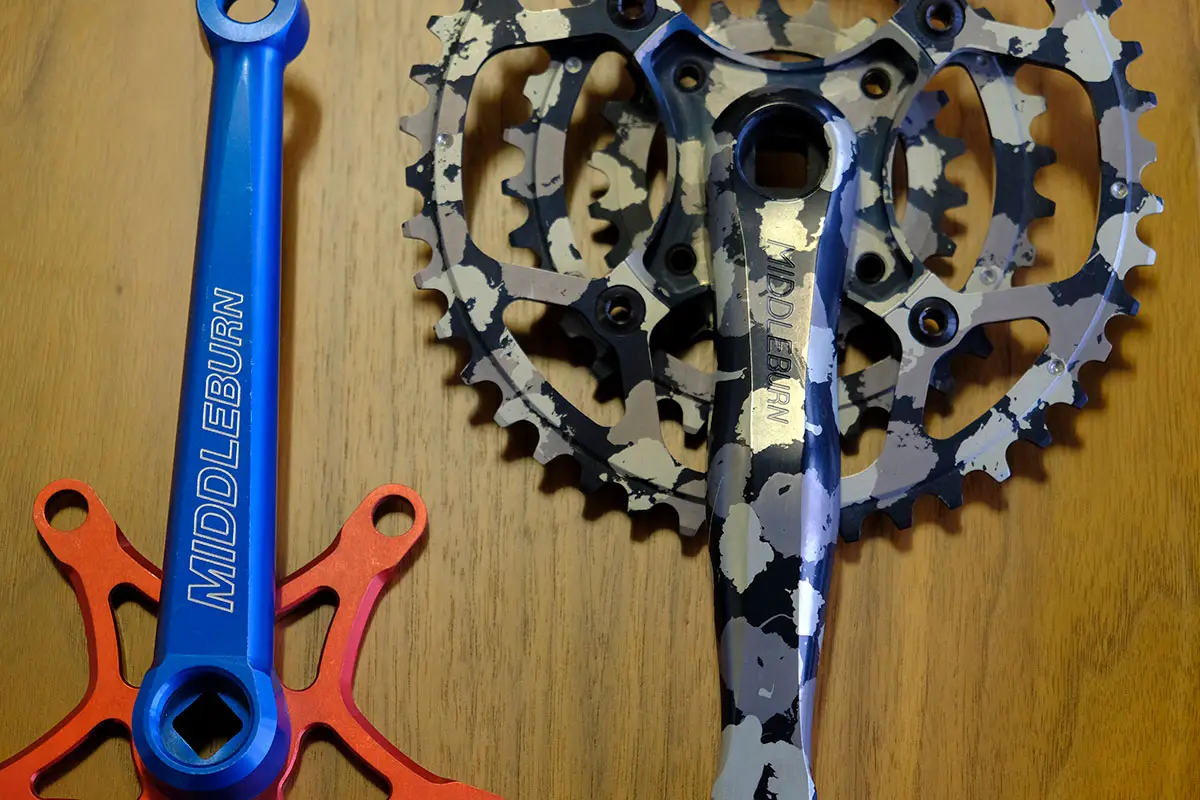
It just so happened that Paul read that comment on Singletrack. While it hadn’t been high on BETD’s agenda, it wasn’t impossible – and BETD had previously bought Goldtec (for whom they used to make components). So, it was put to KMF’s boss and, as is the way of these things, they didn’t hear anything for a few days – then he called back and said ‘Yep, go for it!’
It wasn’t clear what, if anything, BETD would be getting from Middleburn, apart from the name and some drawings. Once the deal was done, one of KMF’s lorries was sent down south to Middleburn to collect whatever remaining stock there was. It returned nearly full up. There were boxes of chainrings, cranks in various states of finish from raw forgings up to ‘just needing engraving’ as well as a lot of unsorted CNC’d chaff. There were 64T timetrial chainrings (anyone want to make a clock?), there were 20T trials chainrings with half-inch thick integrated bash guards and there were random bits of machinery and components that the company is still sorting through. But the deal was done and BETD now had to work out how it was going to bring this well-loved brand back to the public, bring the designs up to date and work out how to finish many of the part-done components.
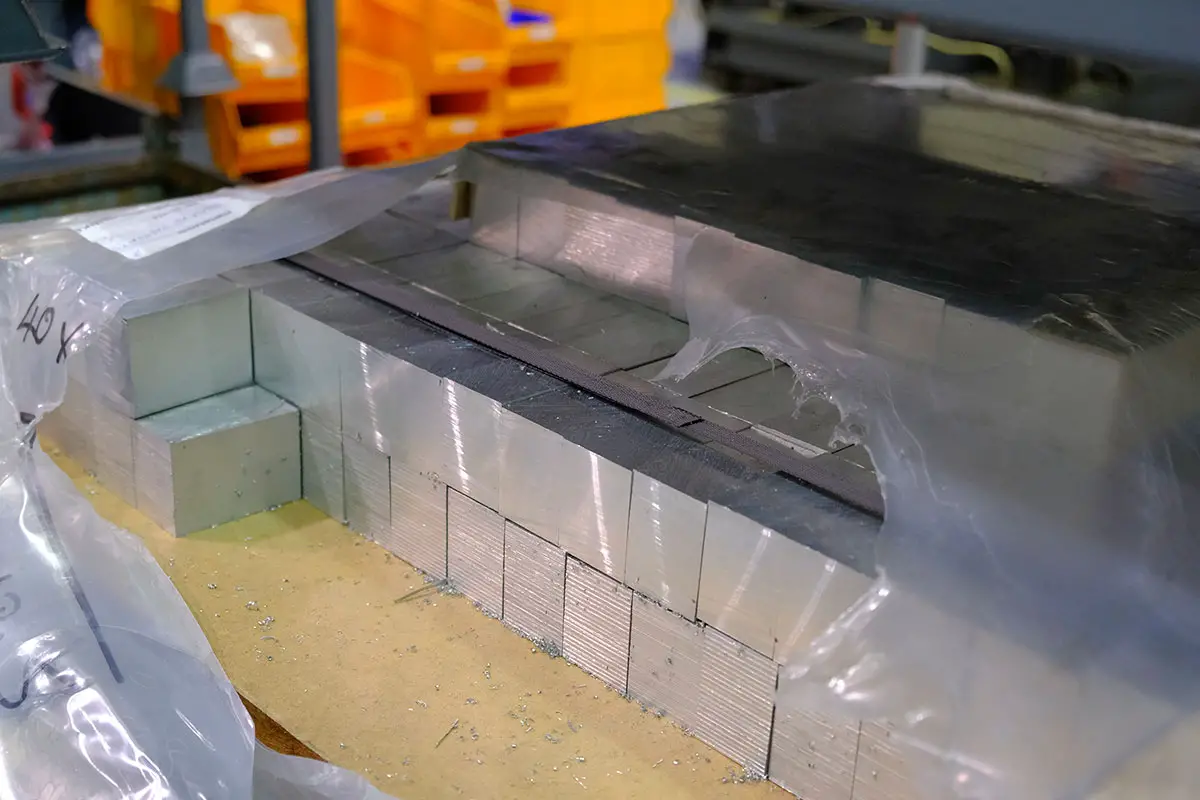
Did we mention that KMF is a pretty big engineering company? A five minute trip down the road from BETD’s office takes us to one of KMF’s precision machining workshops. ‘Workshop’ is doing it a disservice. It’s a constantly evolving, high-tech production facility, with rows and rows of gleaming CNC machines. The machines are mostly attended by career-engineering types, bottle-bottom glasses and solid handshakes, but there are mountain bikers in the mix too. One of the machine operators spots my Bontrager belt buckle, while it turns out that our guide for the afternoon is often seen riding his Bronson at weekends and racing enduros when he gets the chance. It seems that BETD and the future of Middleburn are in good hands.
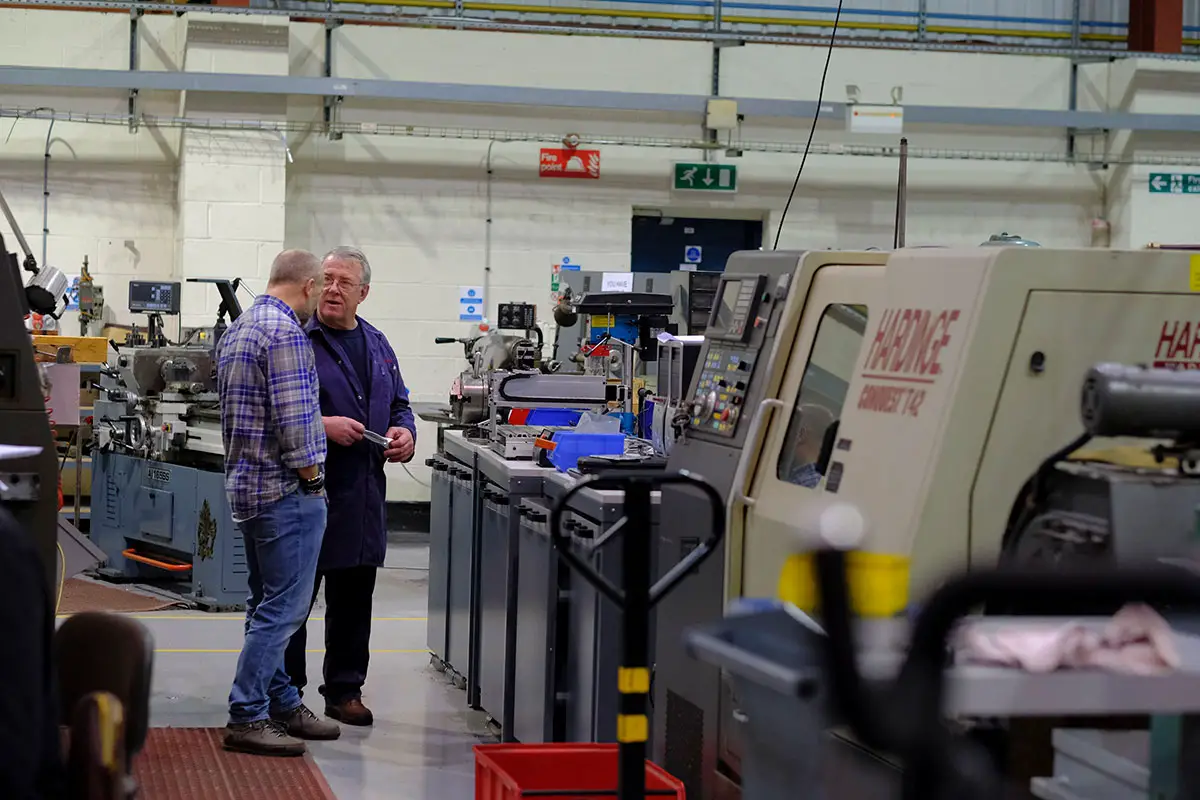
One thing that came with Middleburn, was one of its engineers, who is currently trying to reverse-engineer Middleburn’s components to work with the cutting-edge machines around us. As if to illustrate the point, he shows us the engraving machine that has come along from Middleburn. It takes a full five minutes to engrave the word ‘Middleburn’ in a crank. By comparison, the machines around us can do it in seconds, probably while cutting the pedal threads at the same time. It’s this kind of translation that’s going to take time, but Kate, Paul and the engineers reckon it’s going to be worth the effort. There are already stocks of Middleburn chainrings, as well as plenty more prototypes for the future, but it seems that the biggest job at the moment is ensuring the iconic Middleburn cranks see production again.
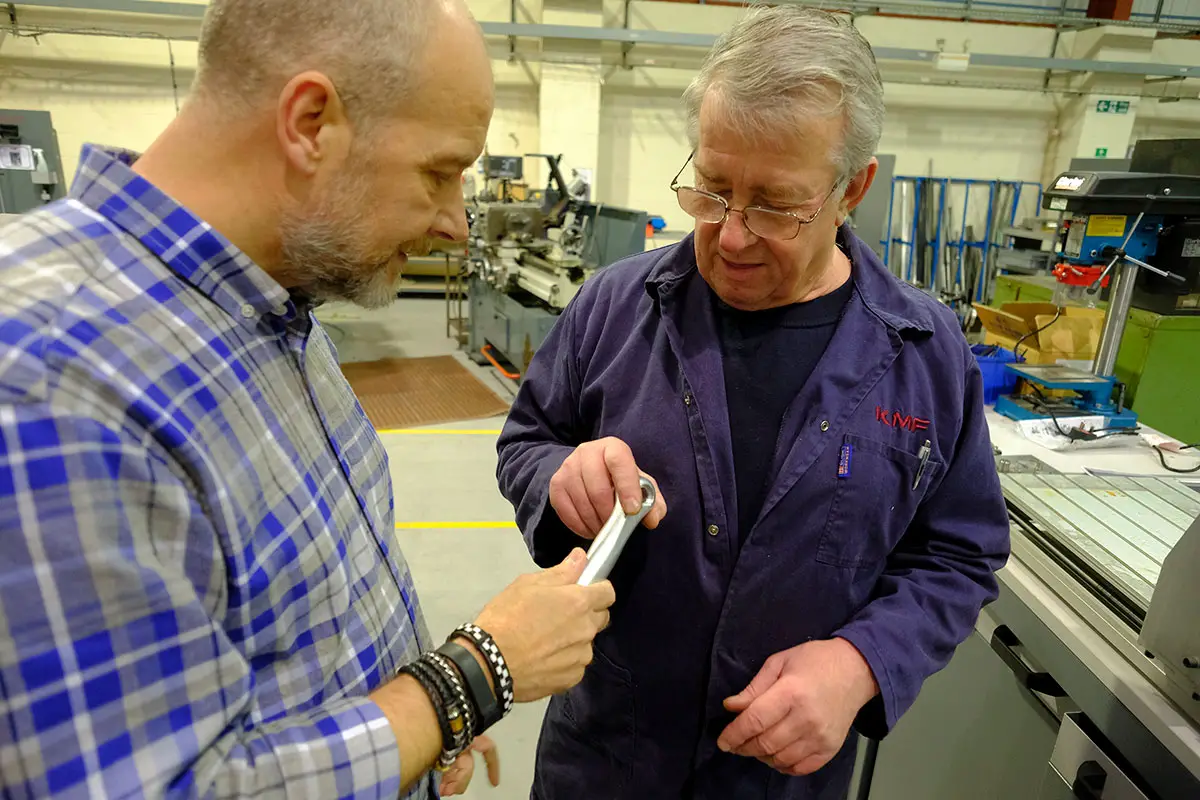
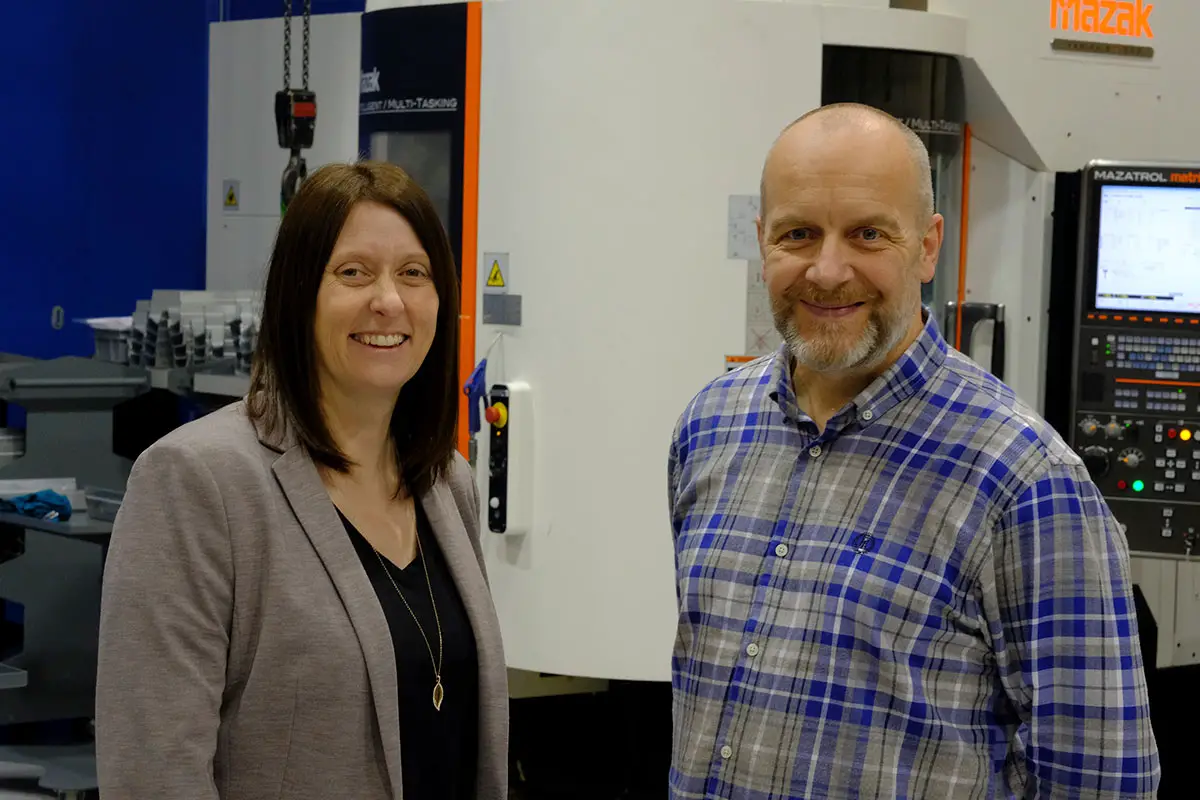
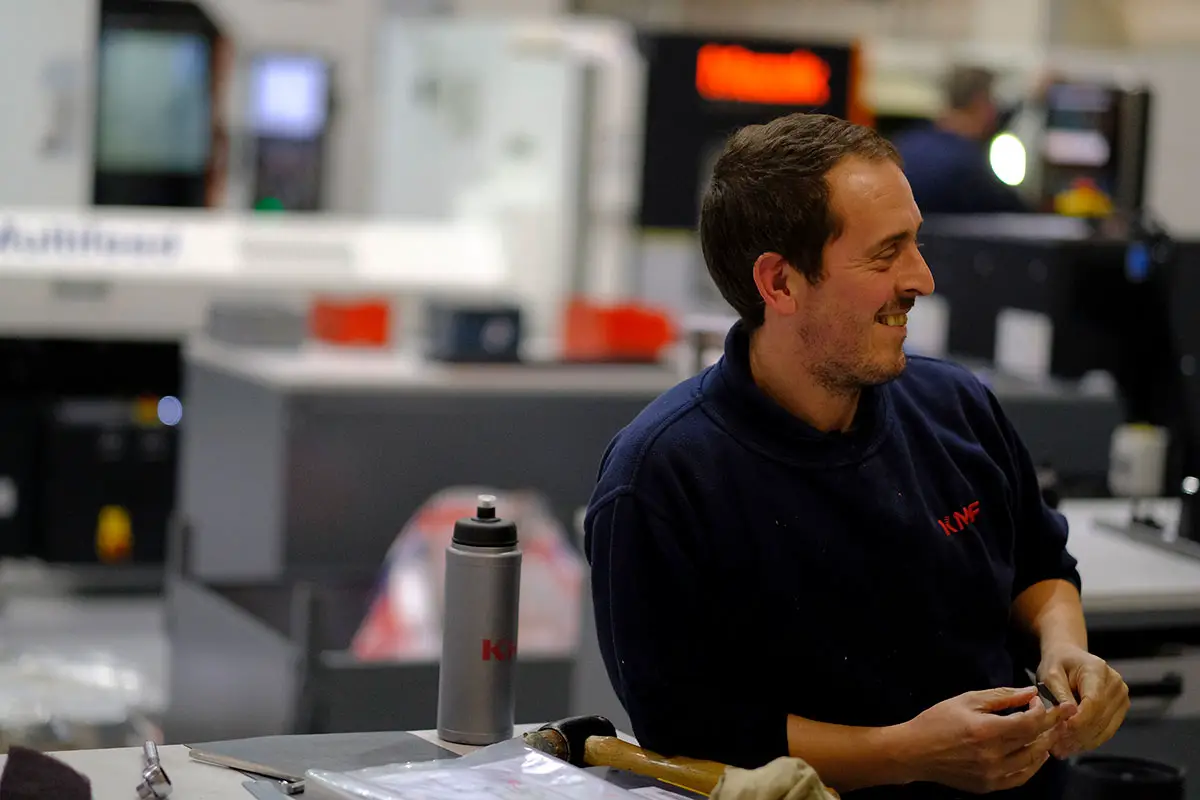

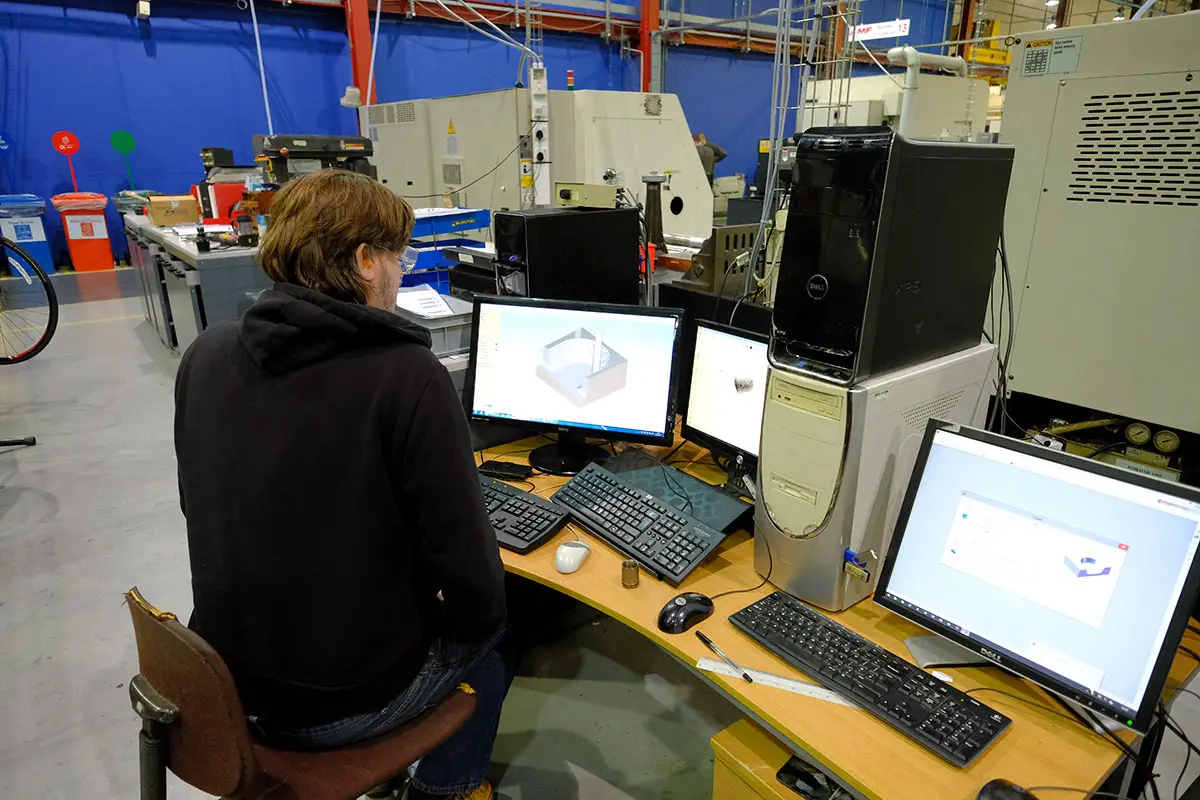
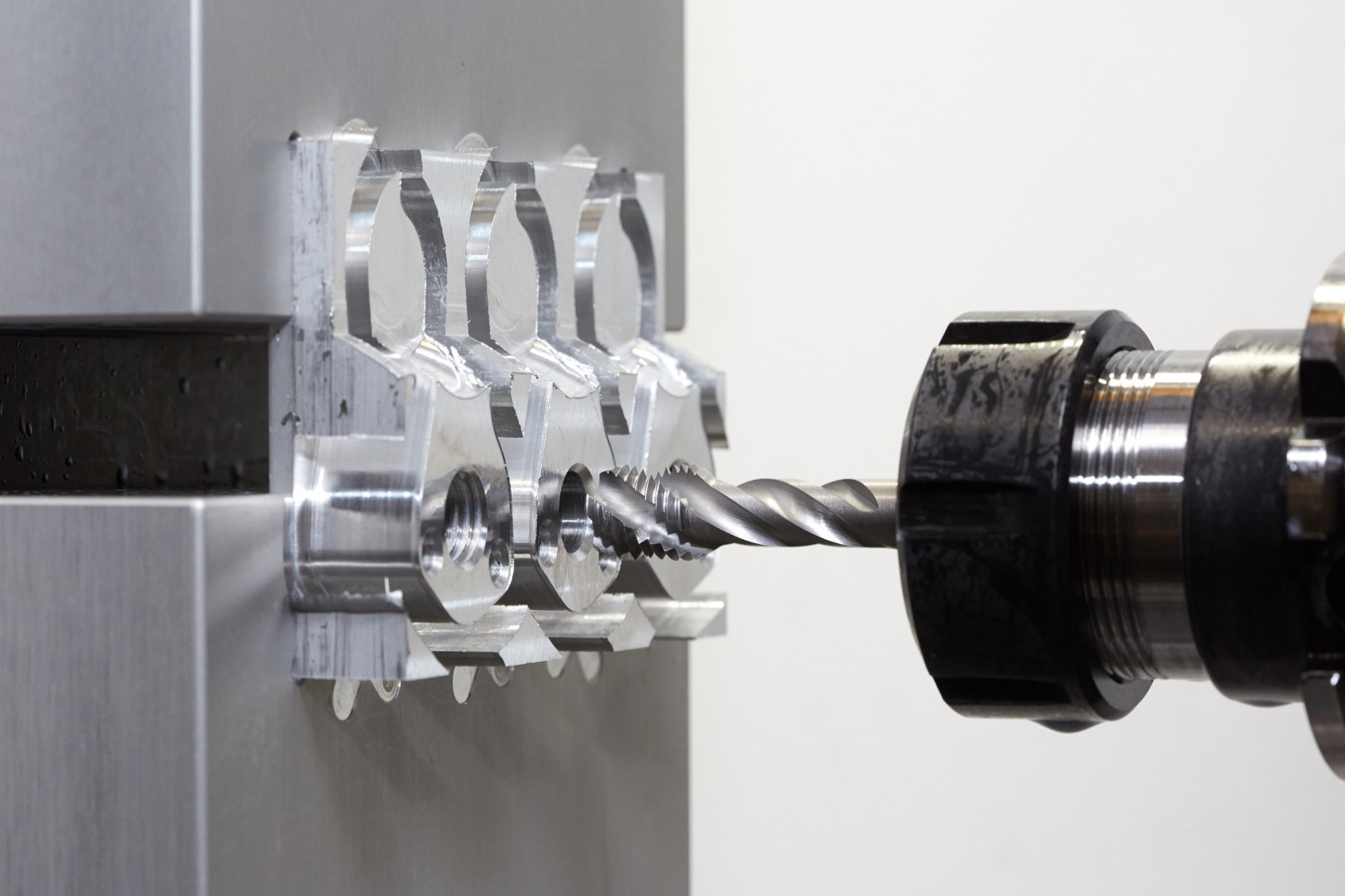
As if to prove the point, when BETD exhibited at the NEC Cycle Show, not long after buying Middleburn, there was a stream of well-wishers and relieved fans of the brand visiting their stand to say how glad they were that Middleburn was in good hands. The show was a true eye-opener to KMF’s MD, Gareth Higgins too. Although he’s a cyclist himself and his son is a mountain biker, he hadn’t realised just how much affection there was in the brand that KMF had bought and how much heritage there was riding on them doing a good job of it going forward. He was also amused by how few people there were at the show in suits. A little different to the usual engineering shows he was used to…
The Future
There are certainly lots of plans for the future, with BETD’s enthusiasm and reputation for innovation, with the backing of KMF’s solid finance and cutting edge technology. Though, at the moment, the team has its hands full making sure that the Middleburn name lives up to the expectations of its fans. And though it’ll be a while until Middleburn cranks roll off the production line at BETD, you can be sure that when they do, they’ll be right. And the next chapter of Middleburn’s long history can start being written.
You can find more information about Middleburn and BETD on their website.
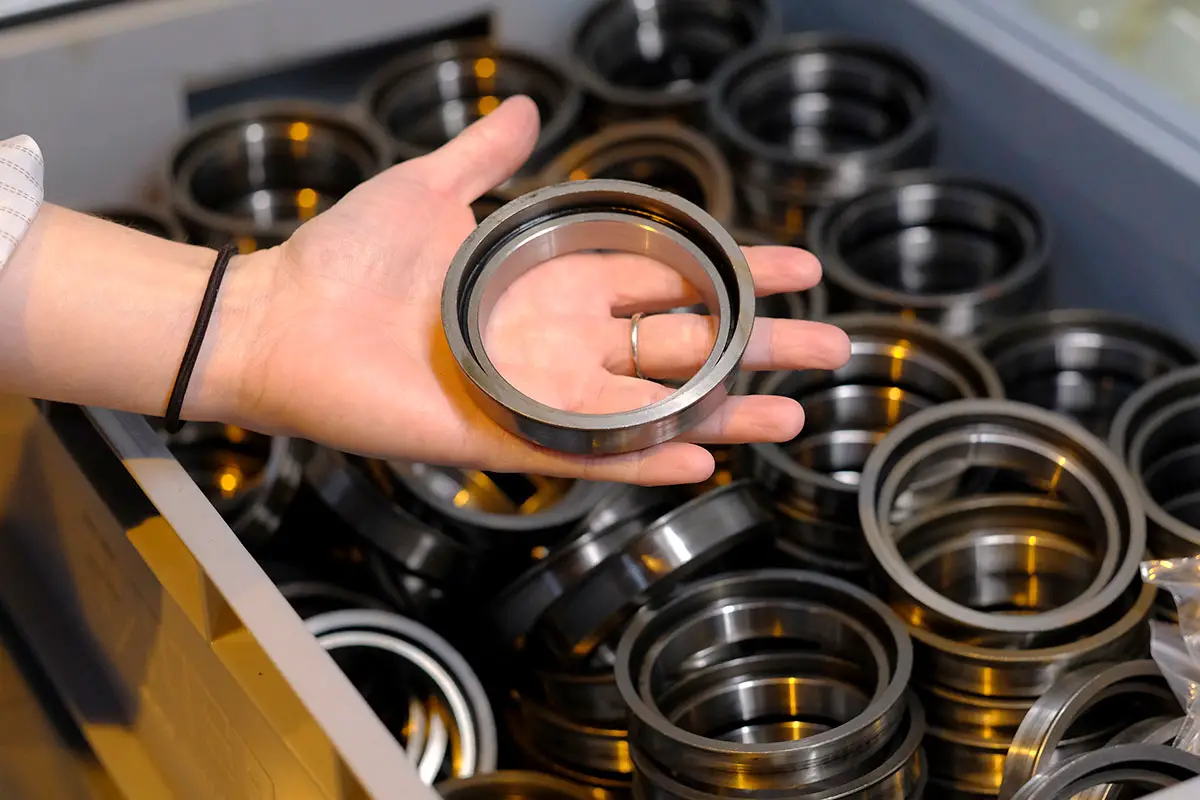
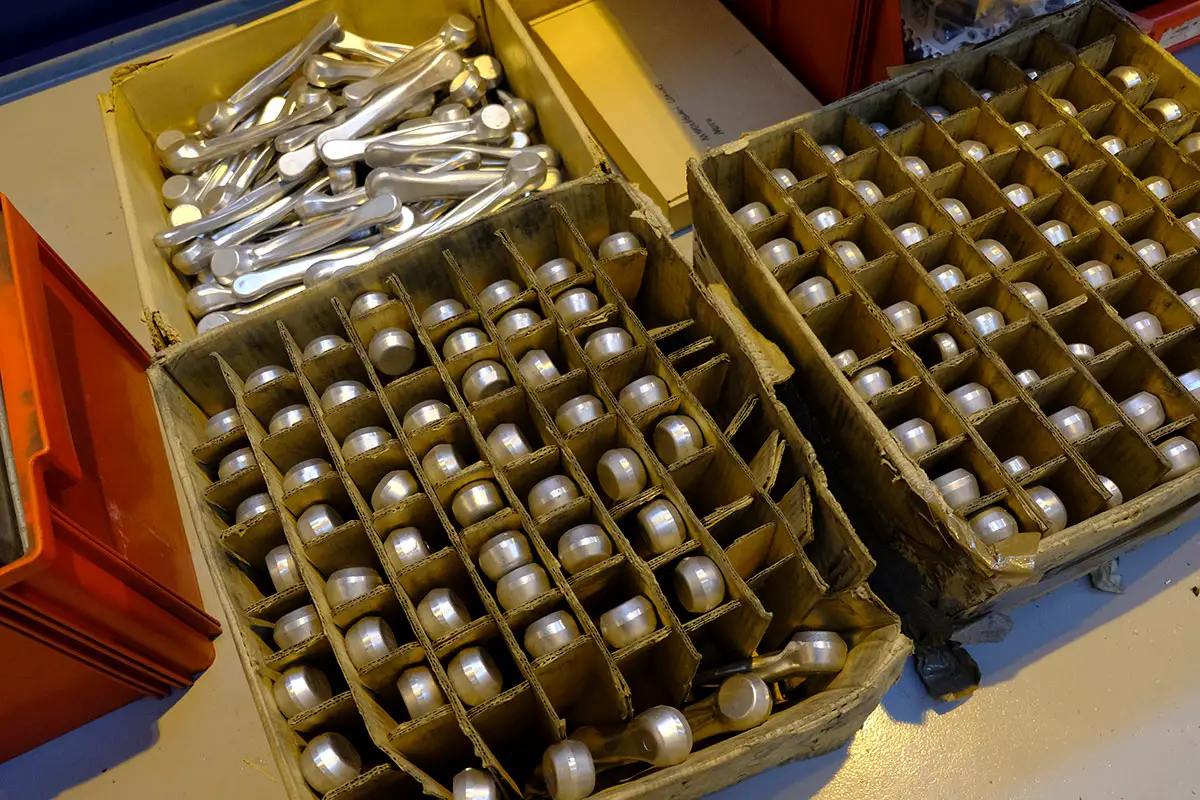

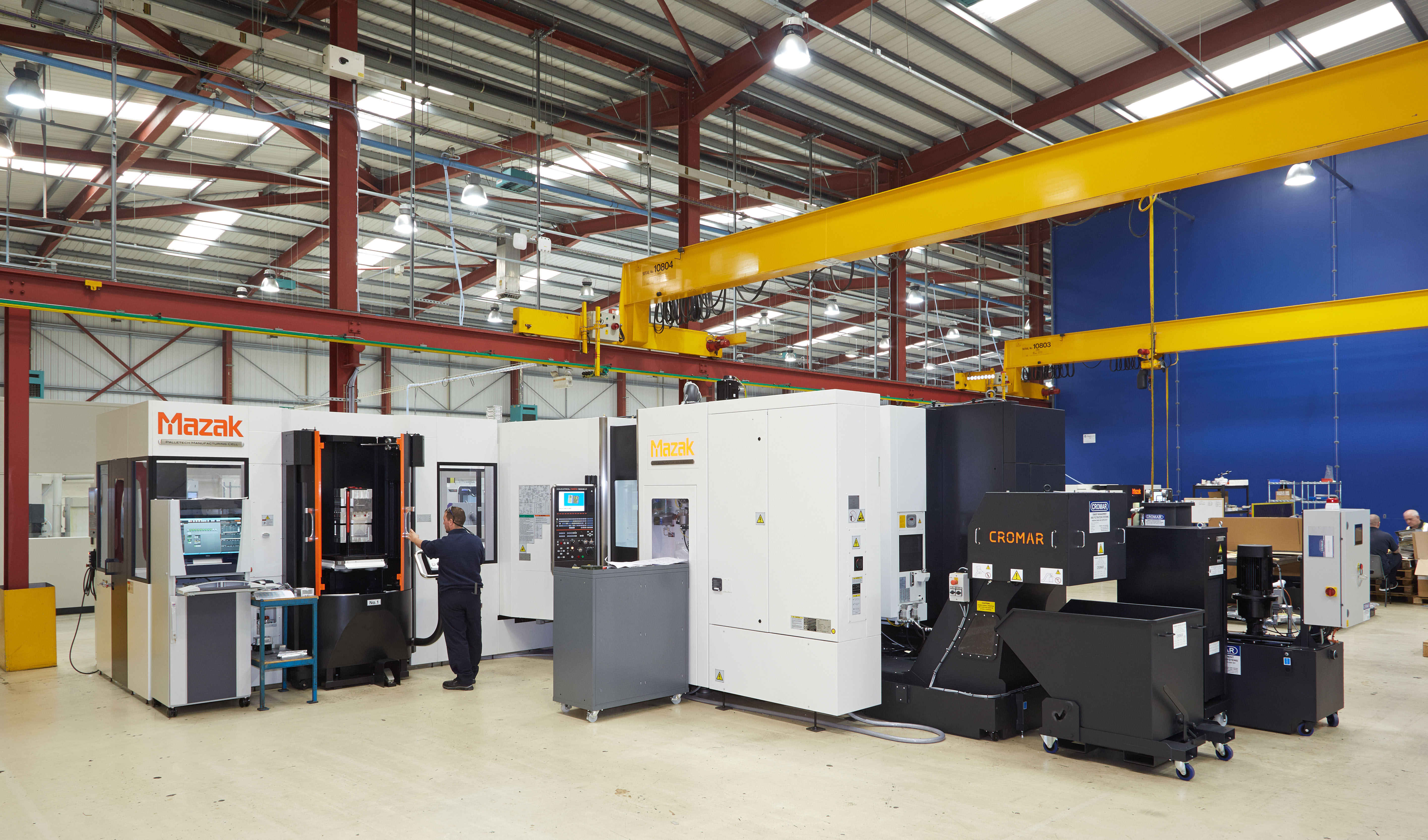
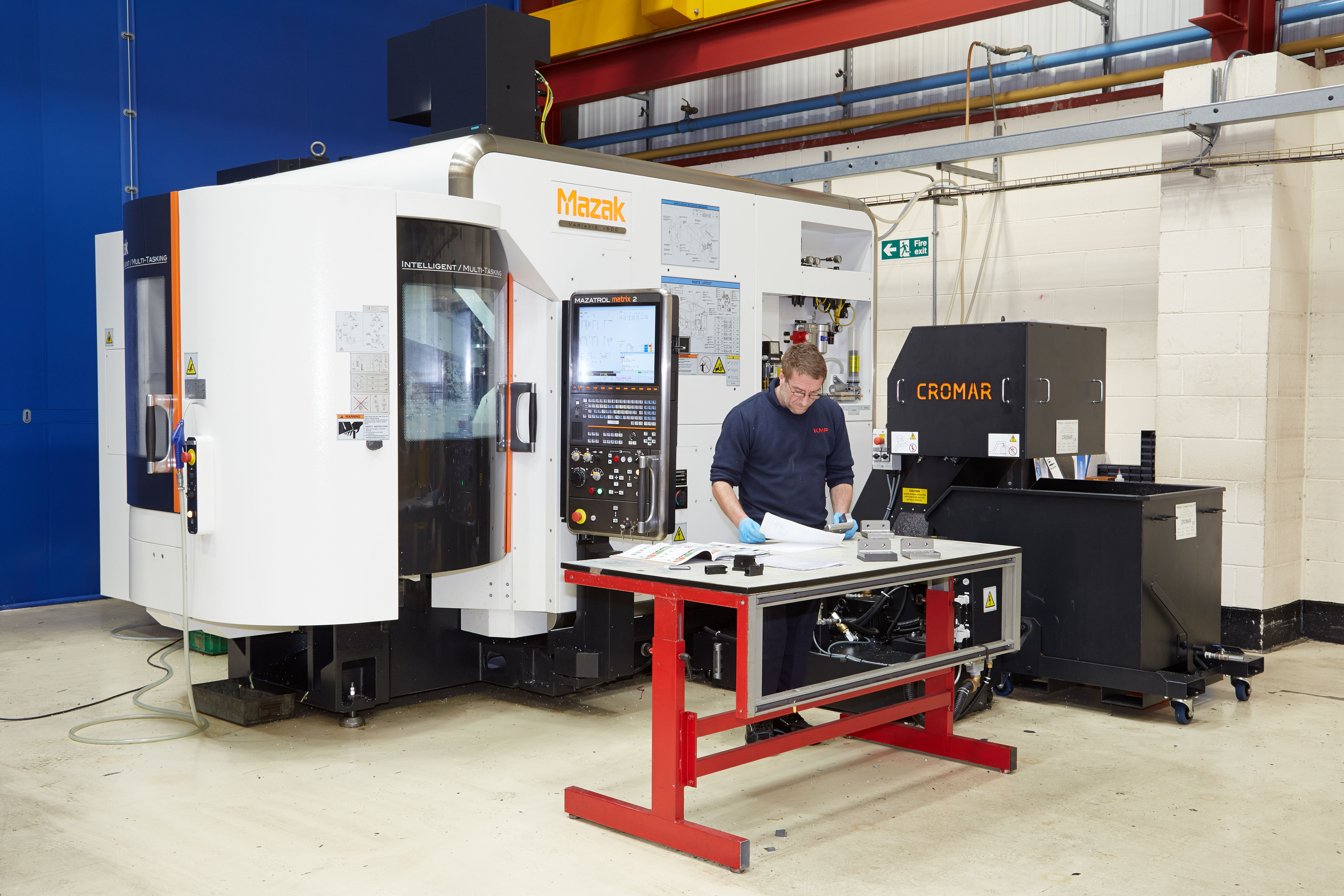
Expect to see BETD at a show or event near you soon – and watch the skies for news of where it takes Middleburn next. Interesting times ahead.
Comments (4)
Comments Closed

Here’s a pic of some camo cranks. THAT YOU CAN’T HAVE
cheers, thanks a lot >:-(
Loved my RS7’s on a steel Race Face Taper Lock BB. Absolutely Bombproof street trails bike that was.
What I’d like from Middleburn in the future would be some RS9 2 piece cranks, with 3x, 2x and 1x spiders, and a Middleburn BB. A continuation of the Chainrings, maybe investigating Oval and new coatings. With Goldtec looking after Hubs, expanding to Headsets. And Betd doing the “widgets”, like hangers, bolts, disc adapters, axles, both for road, touring and MTB, then I’d have a pretty spangly bike.
“career-engineering types, bottle-bottom glasses and solid handshakes,”
Way to go to promote engineering. [rolls eyes]
Otherwise, really good article about British manufacturing in the cycling industry. And the “career engineers” who make it happen.
“Career engineers”? Do you mean “People who know what they’re doing”?